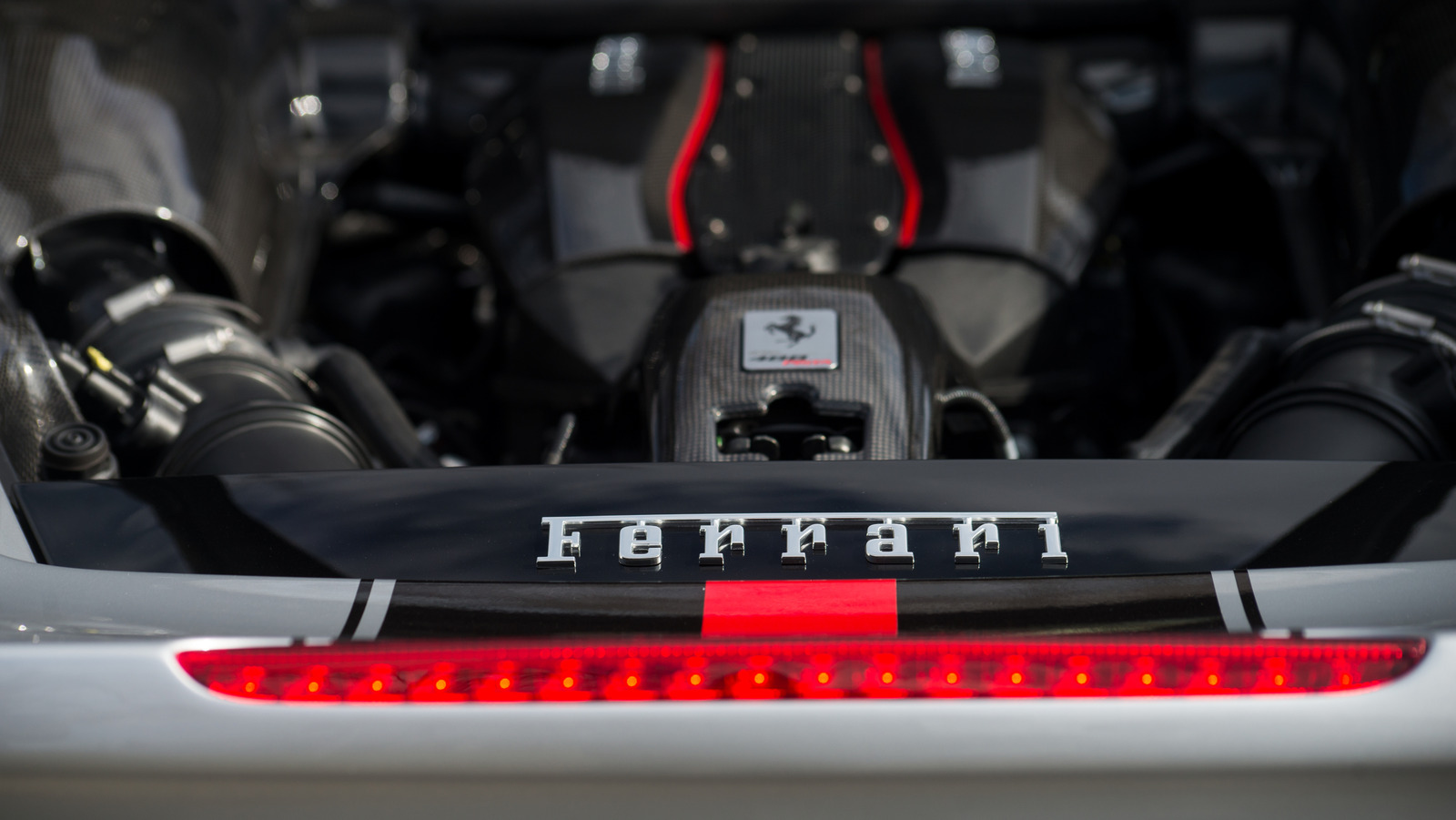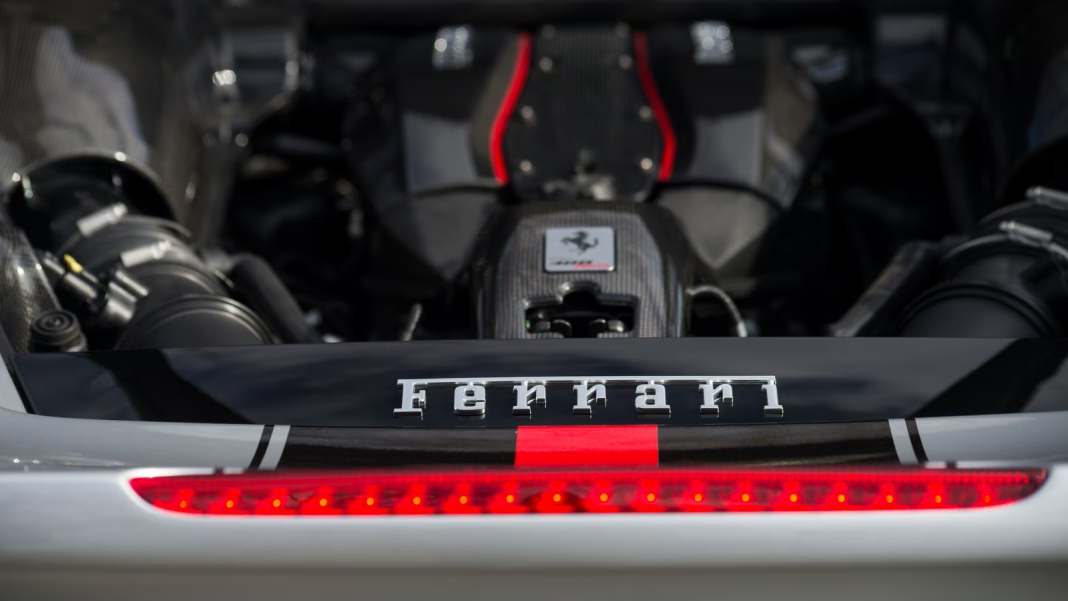Have you ever listened to two V8 engines roar and thought, “Why do they sound so different?” It’s a fascinating question that dives deep into the mechanics of engine design, particularly the role of the crankshaft. Let’s explore how the type of crankshaft can dramatically influence the sound of a V8 engine, especially when comparing flat-plane cranks to their more common cross-plane counterparts.
What’s the Deal with Crankshafts?
At the heart of any engine, the crankshaft is a critical component that converts the linear motion of the pistons into rotational motion, ultimately powering the vehicle. In V8 engines, there are primarily two types of crankshafts: flat-plane and cross-plane. The distinction between these two designs is where the magic happens.
Flat-plane crankshafts are typically found in high-performance applications, like those in certain sports cars. They have a simpler design, with the crank pins positioned at 180 degrees from each other. This configuration allows for a more balanced engine, which can lead to higher RPMs and a more aggressive sound. The result? A distinctive, raspy exhaust note that enthusiasts often describe as more “exotic.”
On the other hand, cross-plane crankshafts, which are more commonly used in American muscle cars, have their crank pins arranged at 90-degree intervals. This design helps to smooth out the engine’s power delivery, resulting in a deeper, more throaty sound. While it may not have the same high-pitched excitement as a flat-plane crank, it’s a sound that many gearheads adore.
Why Does This Matter?
The sound of an engine isn’t just about aesthetics; it can also influence the driving experience. For many drivers, the auditory feedback from an engine can enhance the thrill of driving. A flat-plane crank V8, with its sharp, aggressive growl, can make the experience feel more visceral and connected to the road. It’s not just about getting from point A to point B; it’s about the journey, the sensations, and the emotions that come with it.
Real-World Examples of Sound Differences
Take the Ford Mustang GT350, for instance. It features a flat-plane crank V8 that produces a sound that’s almost symphonic, especially at high RPMs. The engine’s unique exhaust note has garnered a cult following among car enthusiasts. In contrast, the classic Chevrolet Camaro SS, with its cross-plane crank, delivers a powerful rumble that resonates with a different kind of muscle car charm. Each sound tells a story, reflecting the engineering philosophy behind the vehicle.
What About Performance?
Beyond sound, the type of crankshaft can also impact performance characteristics. Flat-plane crankshafts can allow for quicker throttle response and higher rev limits, making them ideal for racing applications. However, they can also introduce more vibration and require more precise tuning. Cross-plane crankshafts, while heavier and potentially less responsive, provide a smoother ride and are often more forgiving for everyday driving.
Choosing the Right Sound for You
If you’re in the market for a new V8, consider what kind of driving experience you’re after. Do you crave the sharp, exhilarating sound of a flat-plane crank, or do you prefer the deep, rumbling power of a cross-plane crank? Your choice can significantly affect not just how your car performs, but how it makes you feel behind the wheel.
The big takeaway? The sound of a V8 isn’t just about the engine’s power; it’s a symphony of engineering choices, with the crankshaft playing a starring role. Whether you lean towards the exotic notes of a flat-plane crank or the classic growl of a cross-plane, understanding these differences can enhance your appreciation for these magnificent machines. So, next time you hear a V8 roar, take a moment to consider the engineering magic behind that sound—it’s a world of difference waiting to be explored.


